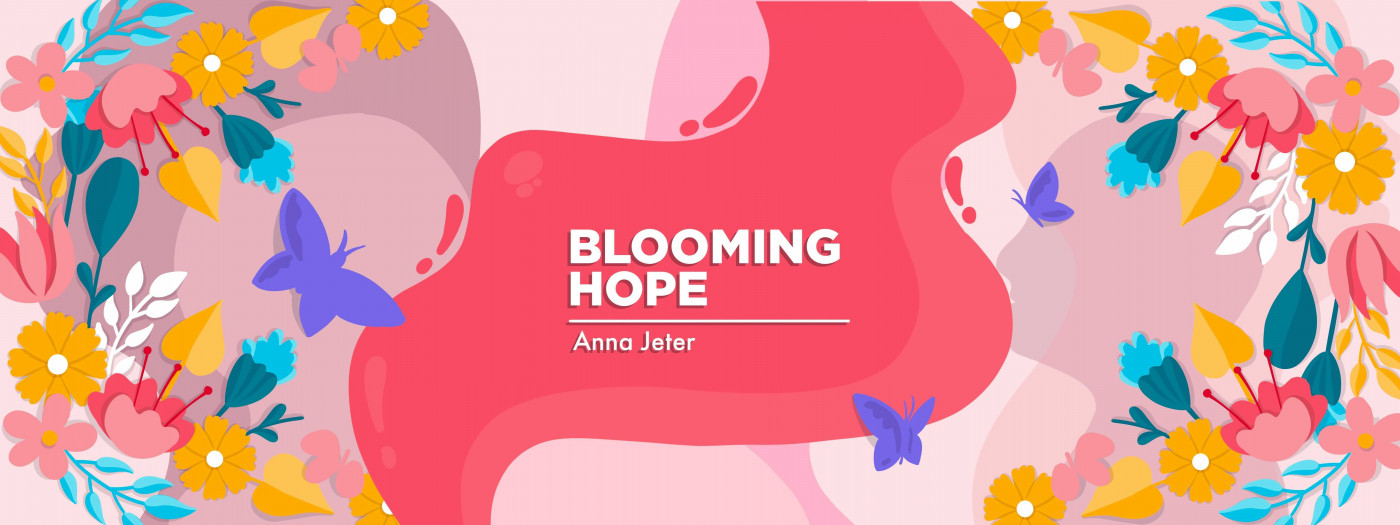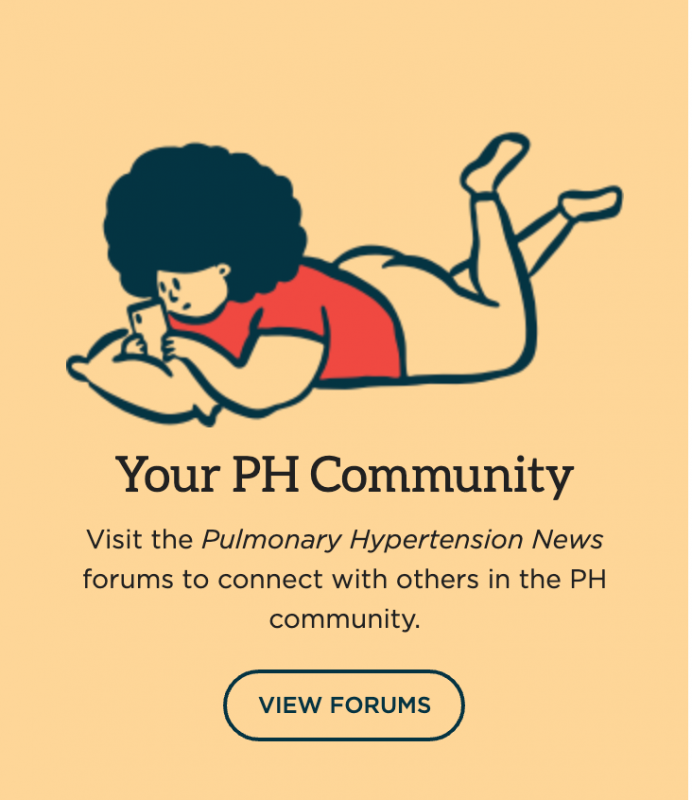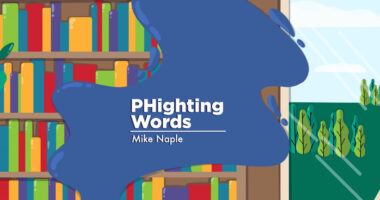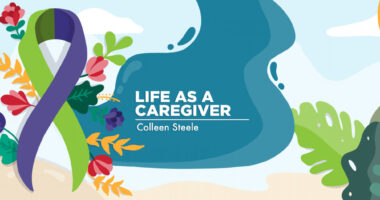Over the years, I’ve come up with my own definition of ‘disabled’
I've found that people are as much a part of the meaning as the illness or injury

When I got my driver’s license at 16, my parents mentioned that I might benefit from handicapped parking, given my pulmonary hypertension (PH).
But despite my poor tolerance for walking distances at the time, I didn’t even entertain the subject. A parking permit — a blue tag that would tangibly mark me as something different — was difficult for me to accept.
As college drew closer and my independence expanded, I accepted my parents‘ argument that it was worthwhile to have a permit for handicapped parking “just in case.” It became a fixture in my car, carefully tucked away and rarely used.
Finally, as college passed by, I found it increasingly necessary to bring out the permit from where it hid. Today, eight years and one heart-lung transplant later, I don’t think twice about using it. I almost always opt for handicapped parking, never second-guessing the use of my pass.
With visibility came understanding
The label “disability” can be viewed a lot of ways. For much of my life, I didn’t consider myself disabled. While I understood myself to be very sick, disability seemed to hold a different meaning that I couldn’t quite grasp. Part of that was probably because PH can, in many ways, operate as an invisible illness. In hiding my disease and using the necessary accommodations, I could mask my relationship to an entire population of people, thus appearing “normal.”
Following my transplant in 2018, I had a harder time avoiding my reality. Since then, some of my physical struggles now live very visibly on the outside, including a tracheostomy. While that’s brought on certain seasons of grief, it’s also forced me to become comfortable with being disabled in a way I hadn’t before. I now move about life hoping to be an advocate for both myself and all the unique events that have brought me here, as well as the disabled community as a whole.
On different days, that means different things. This year, I’ve been more active on my TikTok account. In my videos, I primarily discuss the knitting projects I’m working on, the books I’ve been reading, or the food I’ve been enjoying.
When I look through my feed, I see myself as a visibly disabled person. My trach is impossible to hide, as is the oxygen tube that’s always attached to it. With that said, I don’t always feel compelled to speak about these differences to the members of the public who view my videos; I allow them to speak for themselves. At other times, I feel driven to create videos discussing my health and health advocacy.
The beautiful thing is that both of these options offer an accurate portrayal of what it’s like to be disabled. I’ve opted to let them coexist alongside each other.
When discussing disability, I’ve found it’s essential to address the illness, but we should also address the people involved. They likely have so much more to talk about. I want to embody these realities for all to see in equal measure, something I struggled to do well when I was younger.
After all these years, being able to bring together these different parts of myself is letting me live as my best self.
Note: Pulmonary Hypertension News is strictly a news and information website about the disease. It does not provide medical advice, diagnosis, or treatment. This content is not intended to be a substitute for professional medical advice, diagnosis, or treatment. Always seek the advice of your physician or other qualified health provider with any questions you may have regarding a medical condition. Never disregard professional medical advice or delay in seeking it because of something you have read on this website. The opinions expressed in this column are not those of Pulmonary Hypertension News or its parent company, Bionews, and are intended to spark discussion about issues pertaining to pulmonary hypertension.








Leave a comment
Fill in the required fields to post. Your email address will not be published.